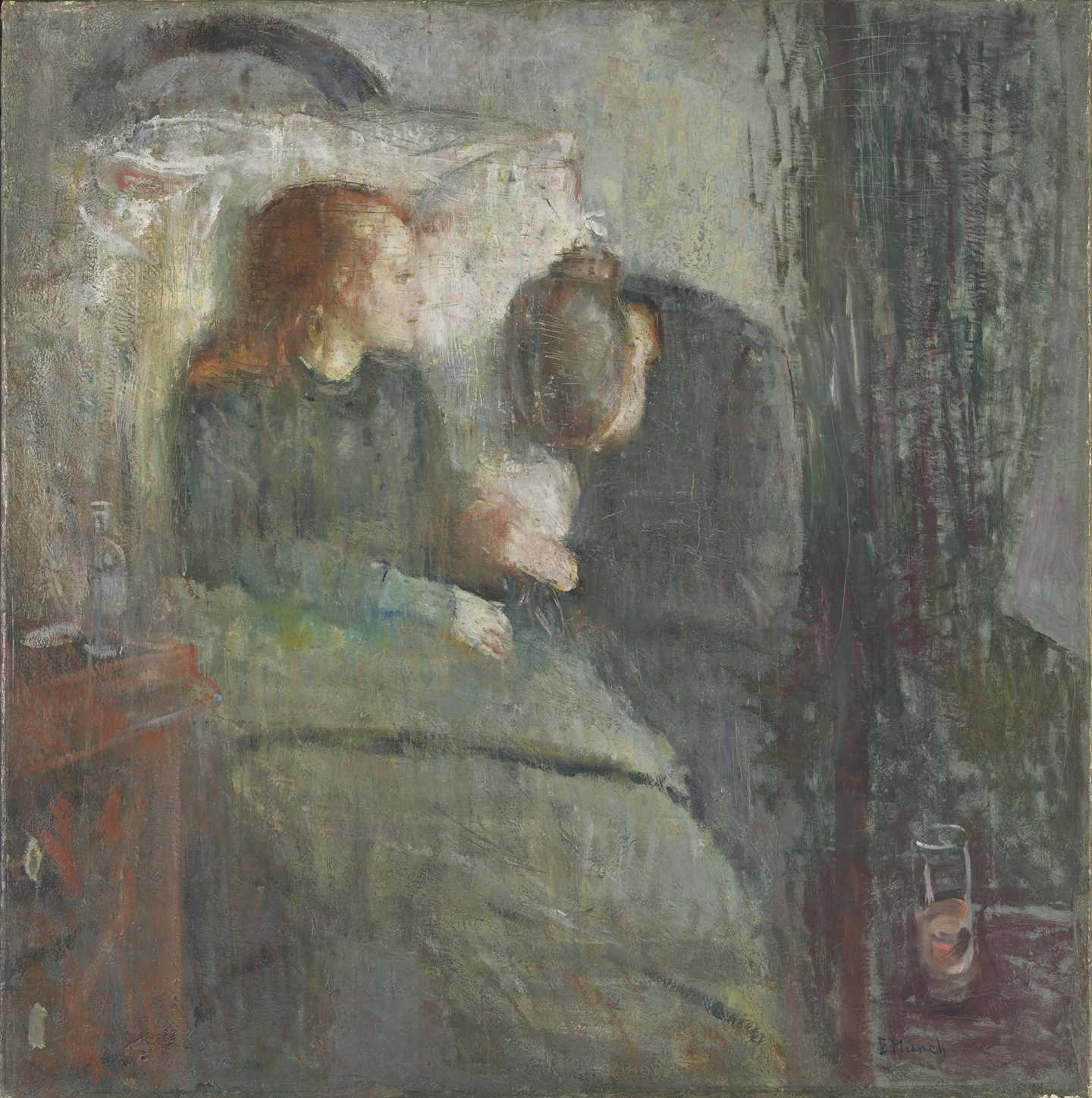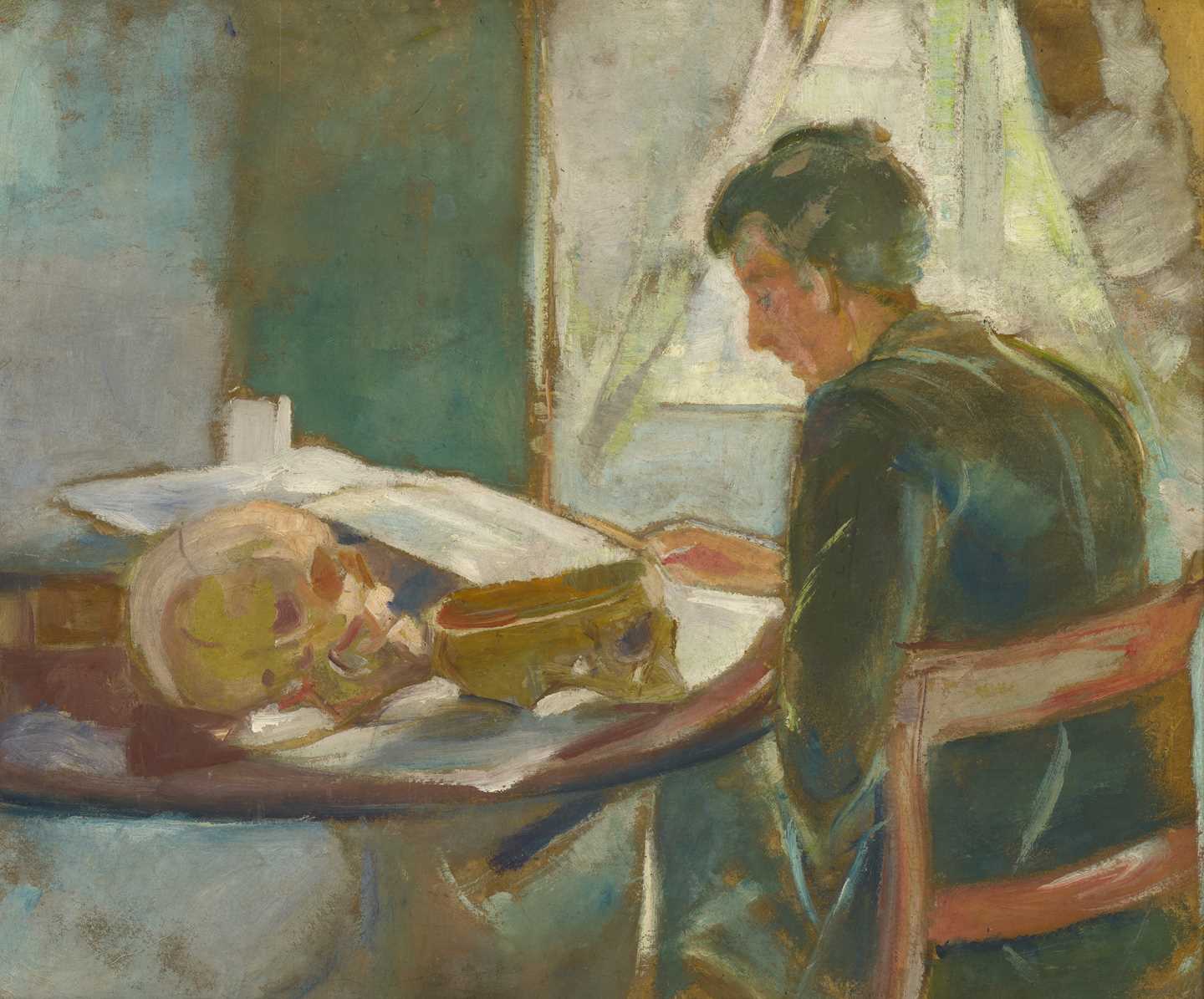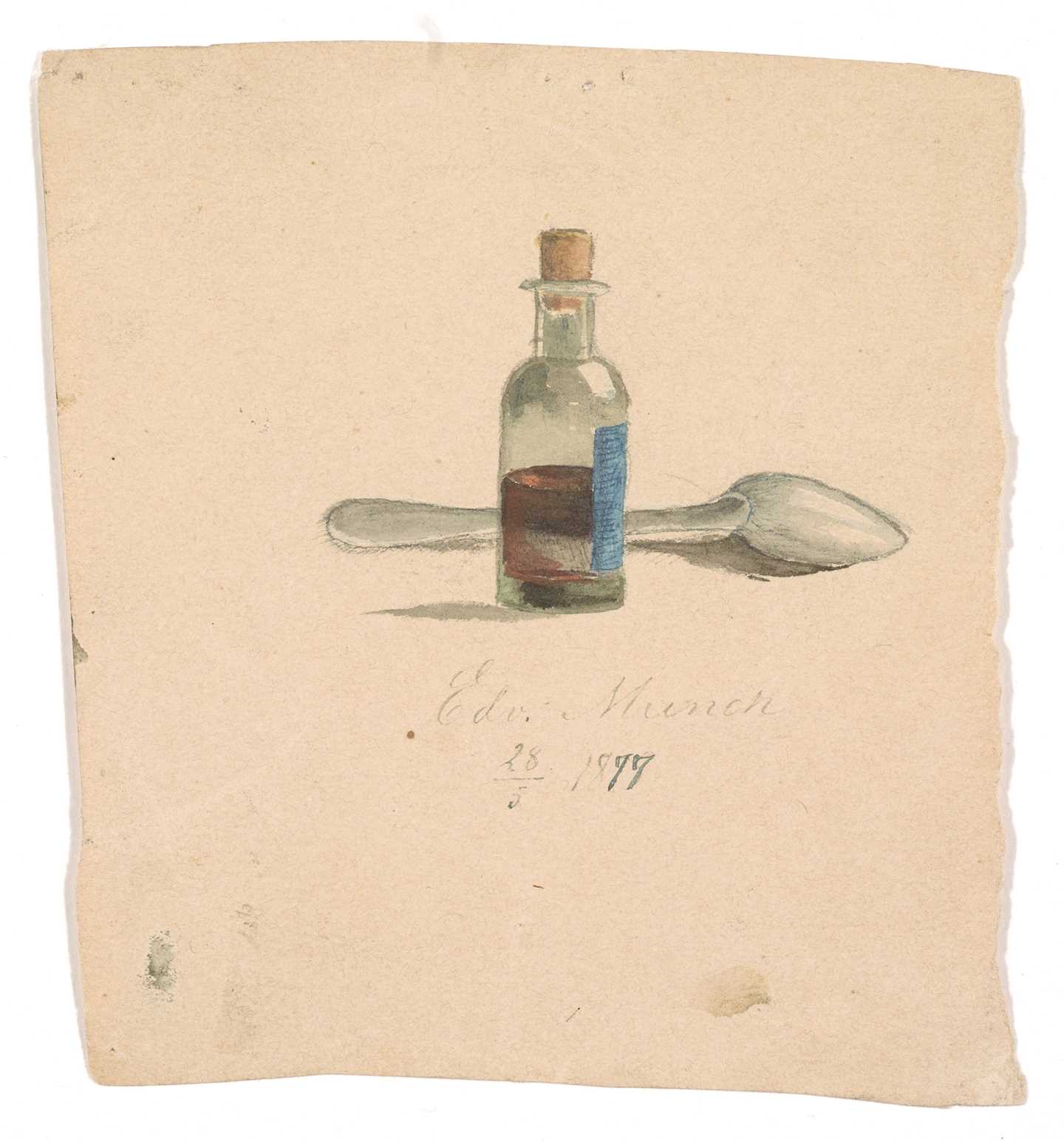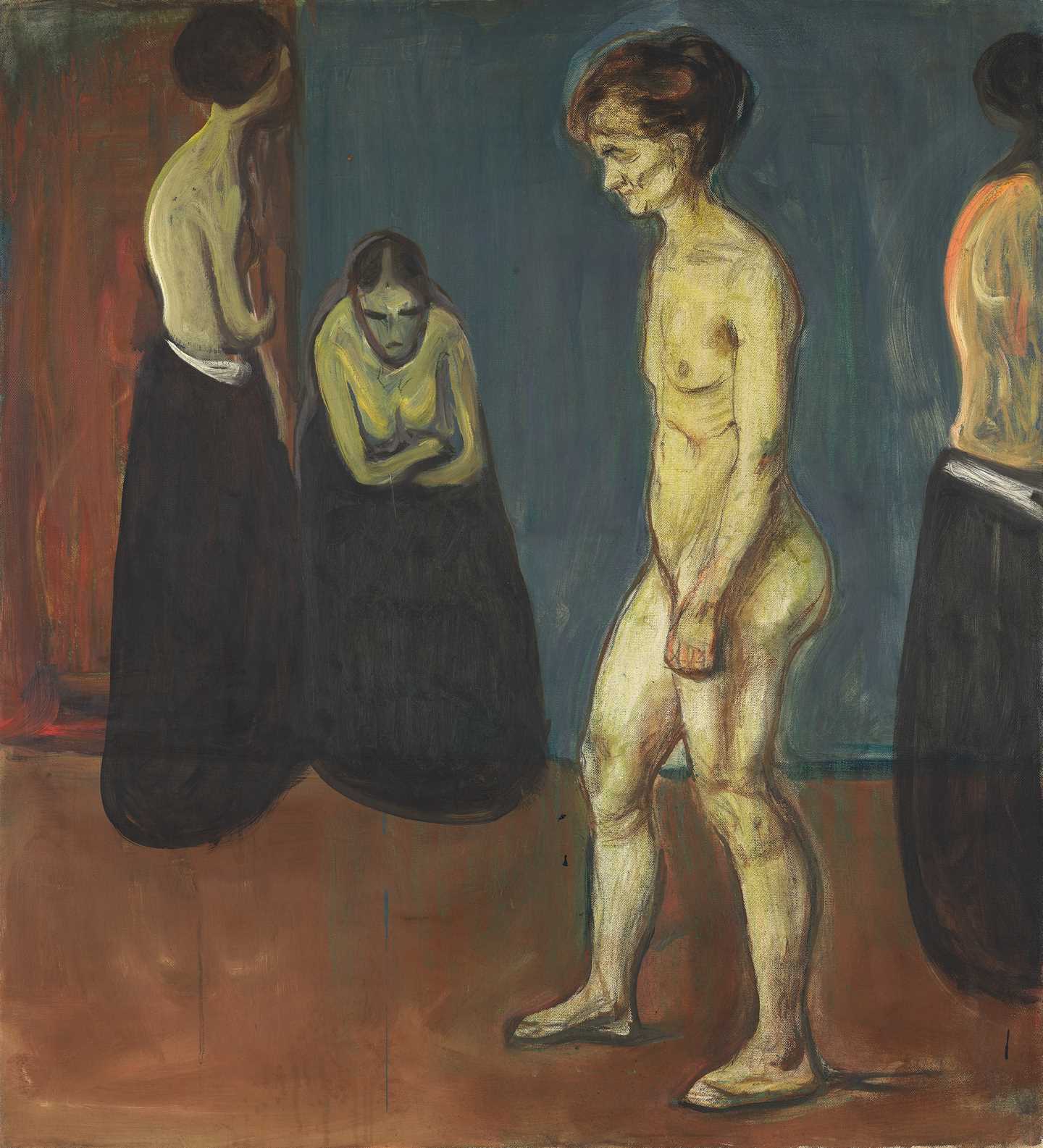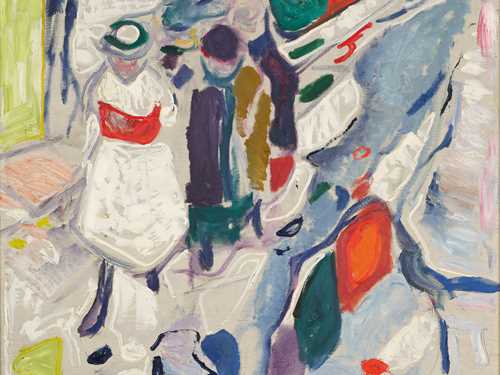When Edvard Munch was born in 1863, very few people in Norway or elsewhere were born or died in a hospital. By the time of his death in 1944, hospital births and deaths were rapidly becoming standard in many places in the world.
The artist drew inspiration from his own experiences of sickness, health and the medical environment, as well as those of his family, friends, patrons and various medical practitioners. Munch’s art, which he called his ‘lifeblood’, reflects the profound changes in medical treatment and care that occurred during his life, and offers a unique and critical perspective on modern healthcare.
The exhibition juxtaposes Munch’s art with medical objects and images, such as a baby incubator, glass sputum bottles, a vaccine certificate, archival photographs and nursing badges. Together, the artworks and these historical items ask provocative questions about our modern experiences of health and illness, birth and death, the giving and receiving of care.
Through Munch’s powerful and often visceral work, you are invited to feel the universal experience of having a vulnerable body, to think about medicine’s promises to heal our ills, and to consider your own experiences of sickness, disability, and health. Lifeblood empowers visitors to reflect upon how medicine continues to shape our lives.
Key works
